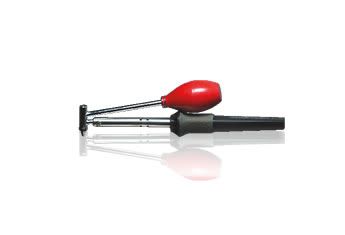- Joined
- Sep 16, 2007
- Messages
- 3,667
- Points
- 113
I haven't tried this yet. Does it cut through that damnable thick "board" on the PHR as well?
Peace,
dave
I normally try to get the pins as clean as possible so that the board can be lifted up off the pins with pliers.
I just tried it with a PHR sled red/IR combo diode.
It took me approx. 2 minutes using the above method.
It will cut through the board, but the blade may chip or deform if you press too hard into the case or heat-sink.
It took me ~4 minutes trying to cut through the board on another diode.





